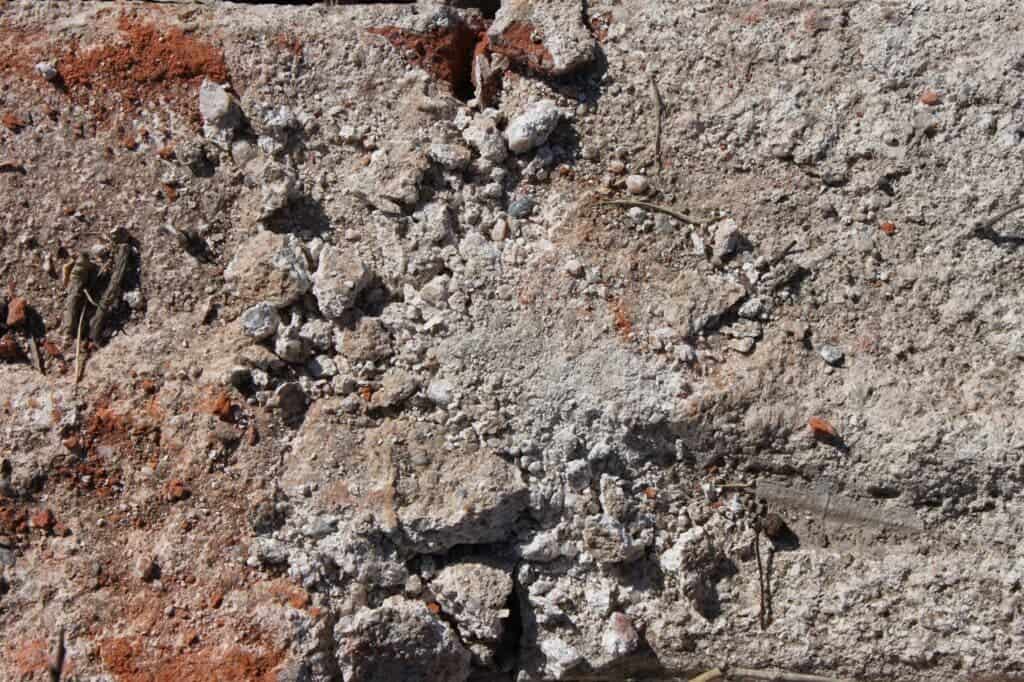Agriculture accounts for about a quarter of the world’s carbon dioxide emissions. If we want to limit our emissions and put the world on a path that limits climate change to 1.5 or 2 degrees Celsius, targeting agriculture is one of the key priorities. Seeking to bring down those emissions, researchers are now making the case for the use of dust from specific rocks in agricultural soils, which they say could almost halve agriculture-based emissions.

Rock dust is a byproduct of the quarrying industry and results from rock crushing. Landscapers have used it for years for mixing with cement, bedding paving stones, and filling holes. More recently its applications have expanded to other areas, and its potential is becoming apparent – particularly in terms of agriculture emissions.
Adding rock dust to agricultural lands accelerates the chemical reactions that store carbon in the soil – for thousands of years. Studies have shown that rock dust has a big potential, capable of absorbing between two and four billion tons of CO2 from the air every year. This is between 34% and 36% of emissions produced every year.
Rock dust is transported to farmland, where it’s spread over a large area once a year. When it rains, water dissolves the carbonate materials into the dust. This causes CO2 to be pulled from the atmosphere into a carbonate solution which is harmlessly washed into the ocean and forms carbonate materials, trapping the carbon for years.
The potential of rock dust
In a new study, researchers from the University of Sheffield found that adding rock dust to UK farmland would absorb up to 45% of the CO2 needed to reach net-zero emissions, a goal the government has set itself for 2050. It’s the first detailed analysis of the potential and costs of removing CO2 with rock dust in the UK in the medium term.
“By quantifying the carbon removal potential and co-benefits of amending crops with crushed rock in the UK, we provide a blueprint for deploying enhanced rock weathering on a national level, adding to the toolbox of solutions for carbon-neutral economies,” Euripides Kantzas, lead author of the study, said in a statement.
For the researchers, this technique represents an overlooked contribution to the UK’s need to remove greenhouse gas emissions in the coming decades. They estimate rock dust could remove between six and 30 million tons of CO2 per year by 2050 in the UK, which is 45% of the carbon removal needed to meet national climate targets.
The use of this technique would also be straightforward, they argue. Many farms already enrich cropland with crushed lime, meaning they have the necessary infrastructure to spread rock dust. It would also bring other benefits for the agricultural sector, such as reducing emissions of nitrous oxide and reversing soil acidification that limits yields.
“Meeting our net-zero targets will need widespread changes to the way UK agriculture and land is managed. For this transformation to succeed we will need to fully engage rural communities and farmers in this important journey,” Professor Nick Pidgeon, a partner in the study, said in a statement.
However, there are significant challenges ahead. A previous study found that in order to meet the expected global demand for rock dust, mining and grinding would require the same amount of energy as 10% to 30% of the CO2 captured. Spreading rock dust on half the farmland in the US would also come at a significant cost of around $225 per capita per year, they estimated.
The study was published in the journal Nature.









